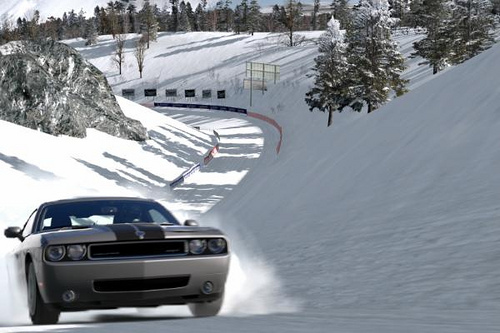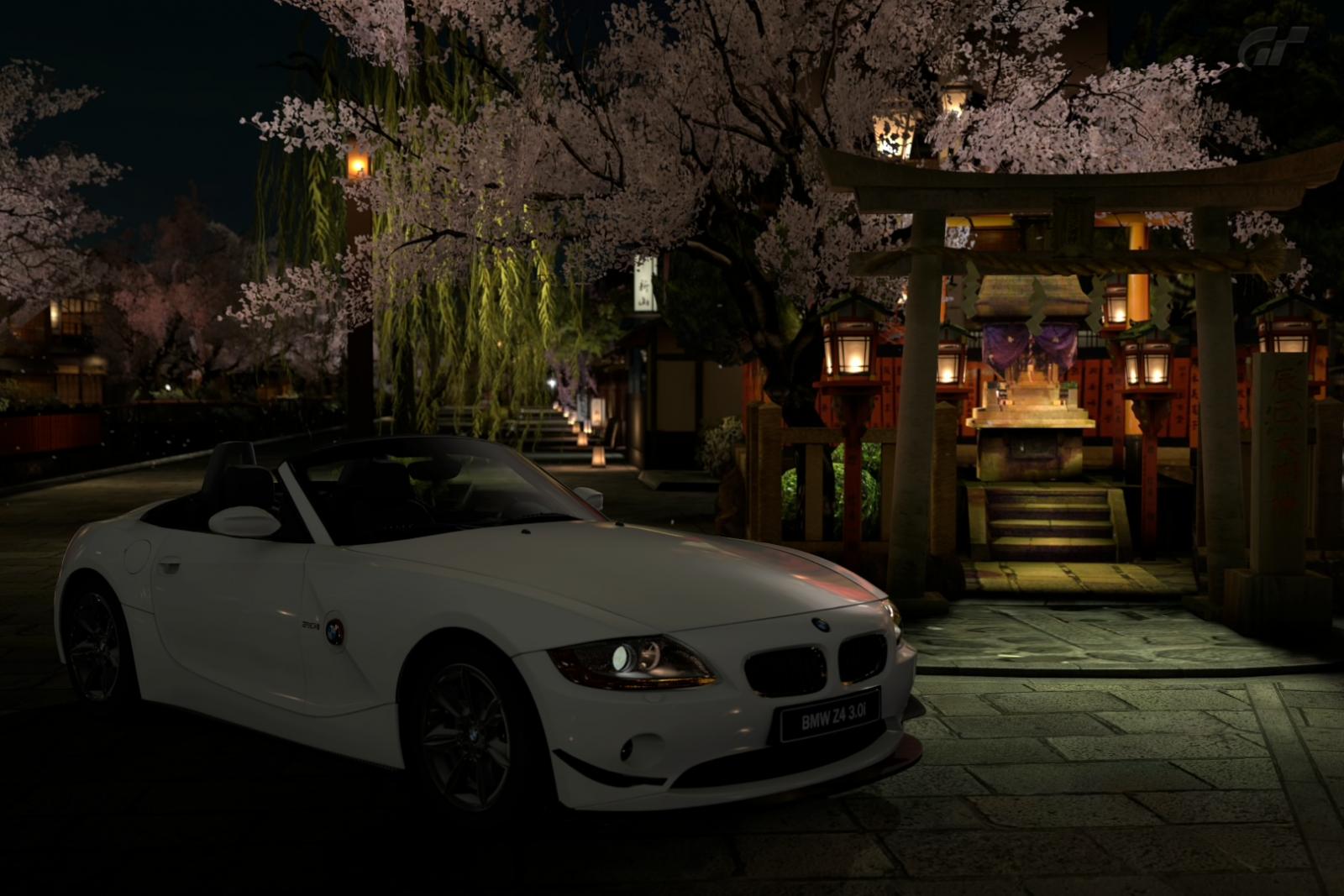This post has not been edited by the GamesBeat staff. Opinions by GamesBeat community writers do not necessarily reflect those of the staff.
The search for greater realism with every entry in a series is a noble pursuit indeed, and it’s this dedication that has given developer Polyphony Digital an almost unique reputation in the industry. As rewarding an ambition as it is though, it does limit the amount of changes that they can make from game to game. Over the years, they’ve added tracks, cars, race types, and online play to their seminal racing series, but short of changing the laws of physics, the basic driving experience remains very much the same. The question then is this: Is there anything missing from the Gran Turismo formula that could significantly contribute to the core gameplay?

There is, however, one major part of the car which has somehow escaped inclusion thus far. It’s a control that is nearly more important than any other; you wouldn’t even get off a real starting line without one. It’s the thing every learning driver struggles with almost without exception. Despite all of this, I have a hard time recalling a single game which attempted to include it.
The clutch.
 Its addition would add another layer of complexity to all those who know Gran Turismo’s mechanics inside out. It would change the start of every race from an exercise in holding the accelerate button into a tense standoff as you try desperately not to stall. Most important of all, it would just feel right to anyone who’s ever fallen in love with a perfectly executed gear change.
Its addition would add another layer of complexity to all those who know Gran Turismo’s mechanics inside out. It would change the start of every race from an exercise in holding the accelerate button into a tense standoff as you try desperately not to stall. Most important of all, it would just feel right to anyone who’s ever fallen in love with a perfectly executed gear change.
That’s even assuming they’d chose that option now, but the fact is that, when faced with the choice, a large majority of players will pick automatic without a second thought. If it’s the complexity that puts them off (and it almost certainly is), then making the option more complicated going is hardly going to entice them in. In a worst-case scenario, a great deal of time and resources would get dedicated to a feature used by only a few people.

Then, of course, there’s the stall which every driver has experienced (usually at the front of a very large, and very angry, line of traffic). Good game design practice states that you rarely, if ever, want to punish a player’s mistake so severely that they have to restart the level, but that’s exactly what a stall would do. Such a mistake at the starting line would be nearly impossible to recover from, and it wouldn’t take too many to get a player to give up entirely.
These problems are large, but they’re not without a solution. First and foremost, you’d have to give players a good reason to spend time learning your new mechanic. Enticing sports cars, trophies, anything to make their time and effort worthwhile beyond simply giving them personal satisfaction.

Second, an in-depth tutorial would be a must, and stabilizers would help when the player heads out into the game world. Difficulty levels would influence how easy it would be to stall: going from an essentially stall-less easy mode to a more realistic hard mode. When the teaching is good enough, a game can get even the most mundane player to master complex mechanics. There’s nothing to suggest this couldn’t be the case here as well.
If Gran Turismo 6 were to add the clutch to its already dizzying feature list, it would be the biggest step forward in the simulation racing genre since the original Gran Turismo arrived on the first PlayStation. It would completely change how people race by reigniting the passion of GT fans and also dragging in many that have grown bored with the series. Perhaps most importantly of all, though, it would prove once and for all that Gran Turismo is deserving of its crown as ‘the real driving simulator.’
Forza Motorsport? Never heard of it.
